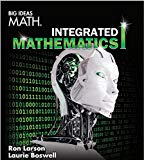
Concept explainers
a.
To compare:The population of both towns.
a.
Answer to Problem 22E
The population in Town
Explanation of Solution
Given:
Population of town
Concept Used:
Use patterns between consecutive data pairs to determine type of function. Linear function: - The difference of consecutive y-values is constant. Exponential function: - Consecutive y-values have a common ratio. In each case, the differences of consecutive x-values need to be constant.
Calculation:
Linear function: - The difference of consecutive y-values is constant. Exponential function: - Consecutive y-values have a common ratio. In each case, the differences of consecutive x-values need to be constant.
Graph given

We determine the population of town
We determine the rate of change from
Town
Town
The population in Town
Hence,
The population in Town
b.
To find: The town will have greater population after
b.
Answer to Problem 22E
After 5 decades, the population of Town
Explanation of Solution
Given:
Population of town
Concept Used:
Use patterns between consecutive data pairs to determine type of function. Linear function: - The difference of consecutive y-values is constant. Exponential function: - Consecutive y-values have a common ratio. In each case, the differences of consecutive x-values need to be constant.
Calculation:
Linear function: - The difference of consecutive y-values is constant. Exponential function: - Consecutive y-values have a common ratio. In each case, the differences of consecutive x-values need to be constant.
Graph given
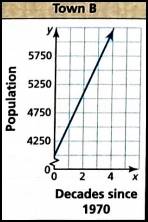
The population in Town
So, after 5 decades, the population of Town
Hence,
So, after 5 decades, the population of Town
Chapter 6 Solutions
BIG IDEAS MATH Integrated Math 1: Student Edition 2016
 Discrete Mathematics and Its Applications ( 8th I...MathISBN:9781259676512Author:Kenneth H RosenPublisher:McGraw-Hill Education
Discrete Mathematics and Its Applications ( 8th I...MathISBN:9781259676512Author:Kenneth H RosenPublisher:McGraw-Hill Education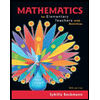 Mathematics for Elementary Teachers with Activiti...MathISBN:9780134392790Author:Beckmann, SybillaPublisher:PEARSON
Mathematics for Elementary Teachers with Activiti...MathISBN:9780134392790Author:Beckmann, SybillaPublisher:PEARSON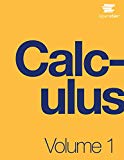
 Thinking Mathematically (7th Edition)MathISBN:9780134683713Author:Robert F. BlitzerPublisher:PEARSON
Thinking Mathematically (7th Edition)MathISBN:9780134683713Author:Robert F. BlitzerPublisher:PEARSON Discrete Mathematics With ApplicationsMathISBN:9781337694193Author:EPP, Susanna S.Publisher:Cengage Learning,
Discrete Mathematics With ApplicationsMathISBN:9781337694193Author:EPP, Susanna S.Publisher:Cengage Learning,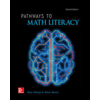 Pathways To Math Literacy (looseleaf)MathISBN:9781259985607Author:David Sobecki Professor, Brian A. MercerPublisher:McGraw-Hill Education
Pathways To Math Literacy (looseleaf)MathISBN:9781259985607Author:David Sobecki Professor, Brian A. MercerPublisher:McGraw-Hill Education





